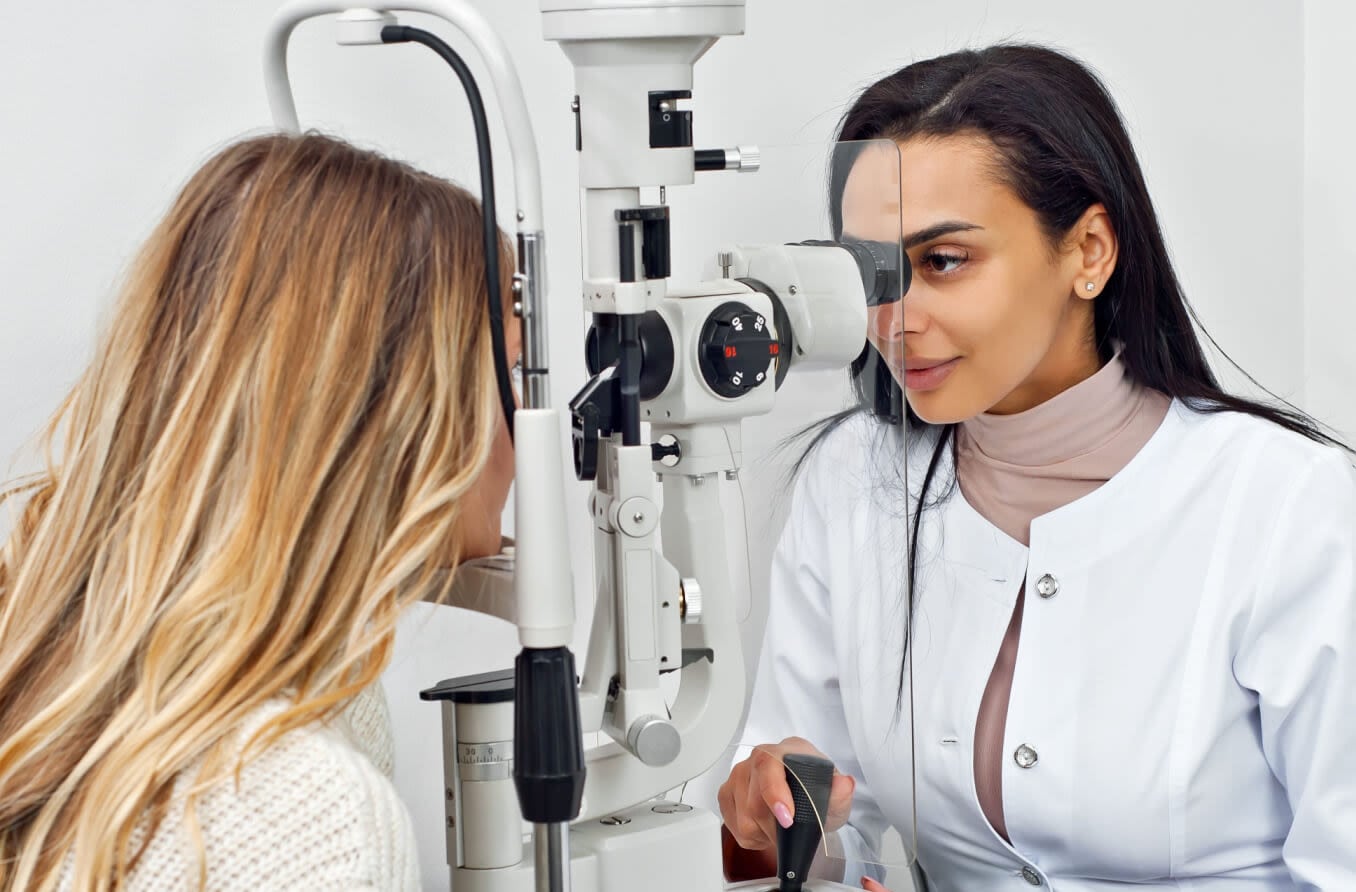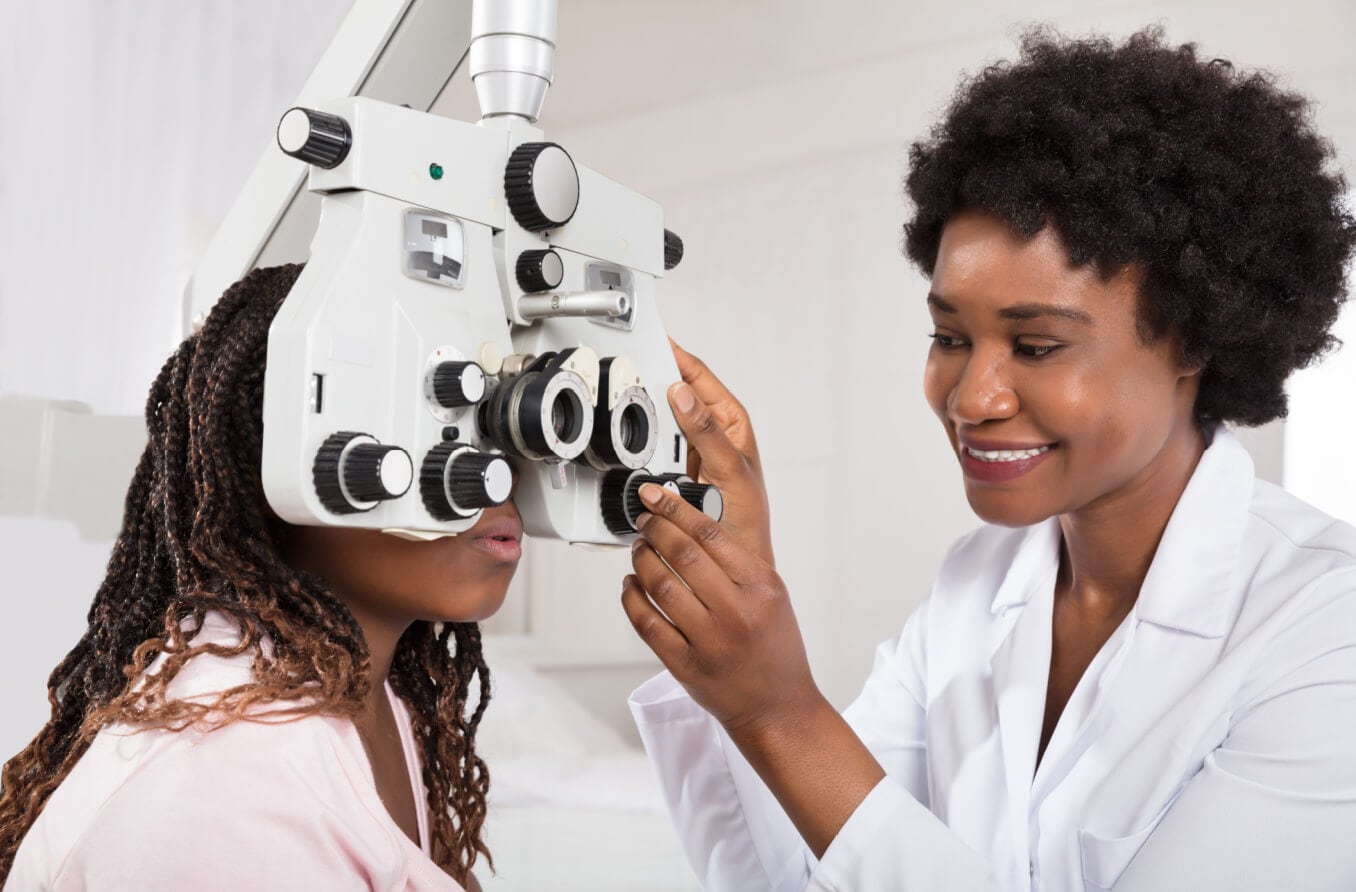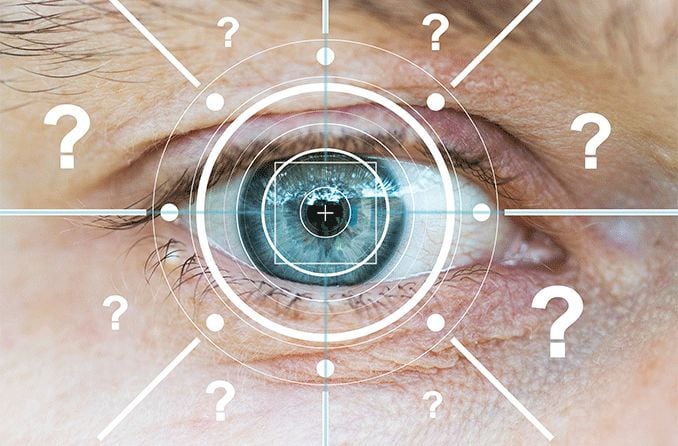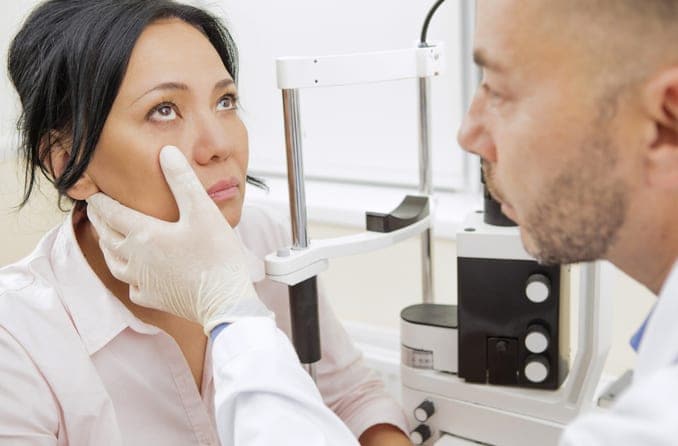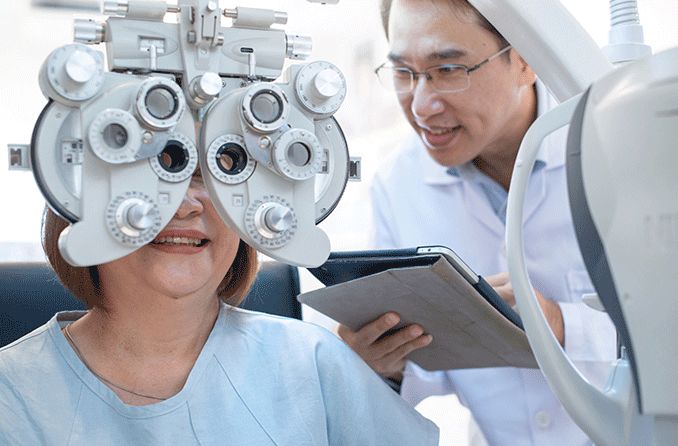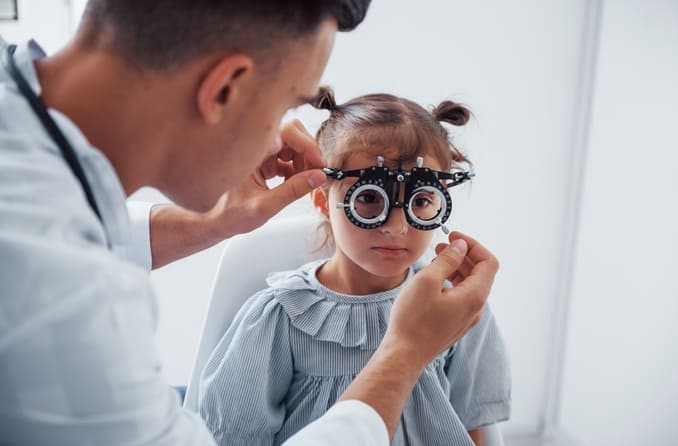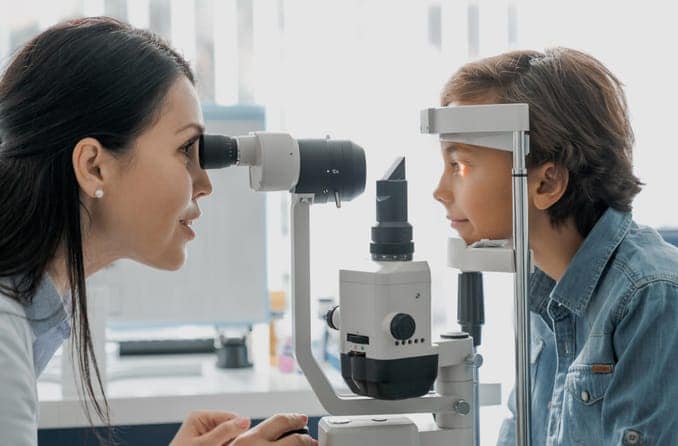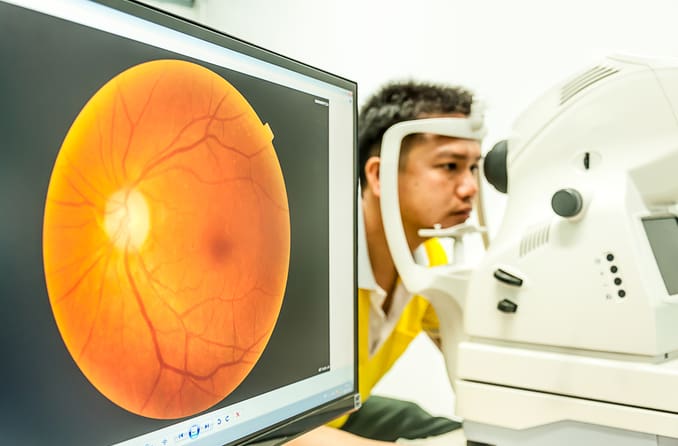Eye Doctors
What kind of eye doctor do you need? Find comprehensive information about types of eye doctors, including services, their qualifications and how to choose the right specialist.
Related Articles
All About Vision and AllAboutVision.com are registered trademarks of Essilor Laboratories of America, Inc © 2000-2025 Essilor Laboratories of America, Inc. The content on this site is for informational purposes only. All About Vision does not provide medical advice, diagnosis or treatment. Contact an eye doctor if you need medical attention.

